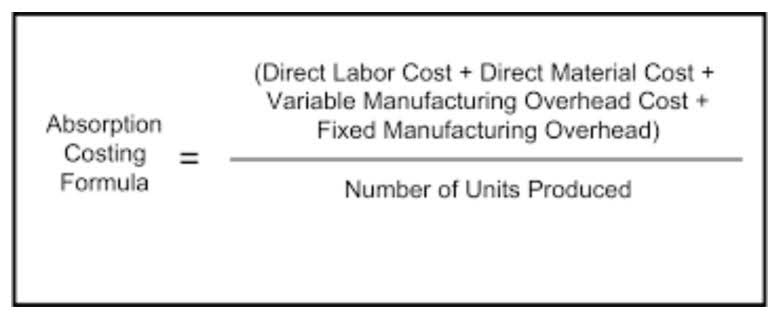
During the accounting period, the company generates a net income of is retained earnings a debit or credit $50,000 and pays cash dividends of $20,000, leaving it with $30,000 of its net income remaining. Net income is the company’s profit for an accounting period, calculated by subtracting operating expenses from sales revenue. One of the most essential facts of business is that companies need capital to grow.
- However, it can be challenged by the shareholders through a majority vote, as they are the actual owners of the company.
- Accountants may perform the closing process monthly or annually.
- The specific use of retained earnings depends on the company’s financial goals.
- This method helps catch errors early because total debits must always equal total credits.
- After that, we will not be able to record the prior year’s income statement.
Contact sales
It involves paying out a nominal amount of dividends and retaining a good portion of the earnings, which offers a win-win. In the long run, such initiatives may lead to better returns for company shareholders, rather than those gained from dividend payouts. Paying off high-interest debt also may be preferred by both management and shareholders, instead of dividend payments. Debt to Asset Ratio Occasionally, companies discover errors in financial statements from previous years. When paying them out, debit the account and credit your Cash account to maintain their balance.

Reconciling and Adjusting Entries
- When a company takes out a loan, it credits the liability account to show new debt.
- This amount includes all income that has been generated before the deduction of expenses and it is commonly referred to as gross sale.
- Often people think debits mean additions while credits mean subtractions.
- While both types of dividends represent a return on investment for shareholders, dividends are generally more valuable since they can be immediately reinvested in the company.
- We do not need to show accounts with zero balances on the trial balances.
- Welcome to AccountingJournalEntries.com, your ultimate resource for mastering journal entries in accounting.
- Using debits and credits correctly ensures every transaction is recorded accurately and the books stay balanced.
Assets are your company’s resources, such as cash or inventory, that provide future economic benefits. While “debit” and “credit” may evoke thoughts of everyday banking products like debit and income summary credit cards, their role is more sophisticated in accounting. These fundamental principles are at the heart of double-entry bookkeeping, the backbone of accurate accounting. The accounting term that means an entry will be made on the left side of an account. Next we look at how to apply this concept in journal entries.
- Asset accounts show what a business owns, like cash, inventory, and equipment.
- Let’s get into the details of how to prepare this financial statement.
- Each account shows all transactions related to it, making it easier to track changes over time.
- It includes a balance sheet, income statement, and cash flow statement.
- Even though dividends are not paid out, shareholders still have an ownership stake in the company through their earnings balance.
- This, of course, depends on whether the company has been pursuing profitable growth opportunities.
How Debits and Credits Affect Accounts
Assets, which are on the left of the equal sign, increase on the left side or DEBIT side. Liabilities and stockholders’ equity, to the right of the equal sign, increase on the right or CREDIT side. The balance in dividends, revenues and expenses would all be zero leaving only the permanent accounts for a post closing trial balance. The trial balance shows the ending balances of all asset, liability and equity accounts remaining. The main change from an adjusted trial balance is revenues, expenses, and dividends are all zero and their balances have been rolled into retained earnings. We do not need to show accounts with zero balances on the trial balances.

What Is the Dunning Process in Accounting?

Whether appropriated or unappropriated, retained earnings play a vital role in a company’s statements. Prepare closing entry for the net income of the company ABC above. When money or value goes out, the company credits the asset. Each transaction includes at least one debit and one credit to different accounts.

Also, you can find out are the accounts payable are credit or debit. Conversely, when a company has net income, the earnings account is credited. They reduce the amount of money available for reinvestment or for use in paying down debt.

Expenses, including rent expense, cost of goods sold (COGS), and other operational costs, increase with debits. However, since the service will be provided over 12 months, the $1,200 is initially recorded as a liability (unearned revenue), reflecting the obligation to deliver the service. The company receives cash upfront but recognizes the revenue over time.
